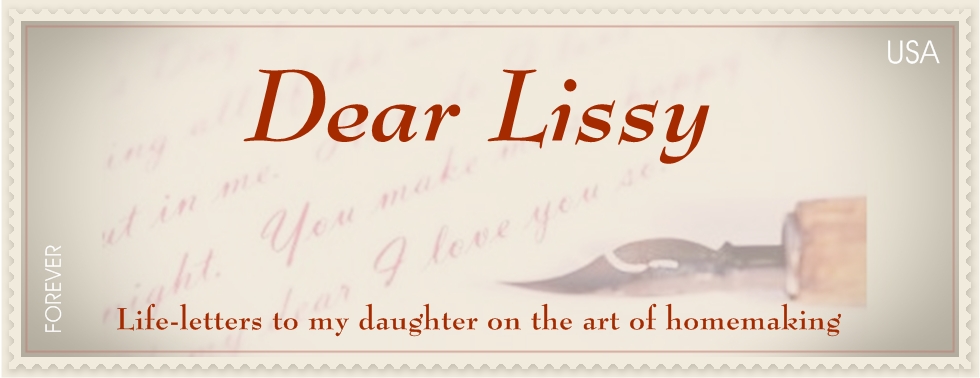Most quilters gravitate to a certain style of quilting after a few years. I enjoy what I have dubbed controlled scrap quilting. In true scrap quilting, dozens or even hundreds of fabrics are used without regard for color, type, or the overall effect. In controlled scrap quilting, some element of either color or design is controlled to create continuity. I don't, however, use the same fabric and fabric placement in every block which gives a static, designer feel to a quilt.
 |
| Butterfly nebula, the inspiration for Katie's quilt. |
The first thing I pick is my focus art. For some quilts this may be a focus fabric, but I generally prefer a photo, painting or object. I'm quite fond of nebulas. Katie's tumbling blocks baby quilt was done in the rusts/purples/greens of the butterfly nebula with carefully placed stars of a creamy white fabric. Your baby quilt was centered around Kate Greenaway picture book illustrations. The focus art determines my palette somewhat, but it always sets the tone for color -- brights, grayed, soft pastels, jewel tones, etc.
|
- Glow: Areas where I can shade adjacent pieces in a block from dark to light or from one color to another. Often I use both shade and color glow.
- Movement: The overall design should pull the eye across the quilt. This is usually accomplished by strong diagonal lines in either the pattern itself or the color/shading choices. If the quilt doesn't have much movement (like Flowers for Laurie, above), try setting the blocks on point or adjusting the colors to create diagonal lines.
- Sparkle: This is created naturally created by dozens of different fabrics, but every quilt needs a little yellow, too!
- Rhythm/Rhyme: Using the same 1-2 fabrics in an area that forms a secondary pattern or a small part of the main pattern to create a "beat" or "rhyme" for the eye as it moves across the quilt. Many blocks form a four patch or a simple star where the corners touch. This is a great place to put the same 1-2 fabrics.
- Contrast: Incorporate contrast in shade (light and deep dark) and/or color (purple/green, orange/teal)
- Continuity: I have a thing about white space in classic or designer scrap quilts. I always use the same single (plain!) fabric for the background of the blocks or the quilt looks too busy and messy to me. I also like to create some continuity within the blocks even though the overall quilt is scrappy. Each block has parts that are light, medium, and dark. I use the same fabric within the block for each piece that is the same shade (light medium, or dark) or the block starts looking too busy. Except for the background and rhyme pieces, each block will have different fabrics from every other block, however.
- Medallion: I like to see if I can manipulate the overall pattern into a medallion over the face of the entire quilt by twisting blocks, shading colors or values differently, or creating a complementary pieced border. If I can't, I'll often use a medallion quilting pattern.
I'll write again soon about choosing (and stashing!) fabric as a scrap quilter.
May your bobbin never run dry,
Momma
Linkd up at Homestead Barn Hop #96






Dear Lissy,
ReplyDeleteI have been searching for a long time for quidance on how to construct the "Contempory Scrap quilt" shown above. It is amazing! I'm just not sure how to achieve the blocks. I can not find a picture of it to enlarge it to see it clearly. Any guidance would be greatly appreciated. I've been collecting scrap fabrics for it, two years now.
May I copy your "List of Techniques" and pin it to our quilt club board? It is exactly what we all need to learn to better our skills in making scrapy quilts.
Thank you for the inspiration, Connie
This comment has been removed by the author.
DeleteThe block used to make that quilt is called split nine patch. Here's a link to a free download from Fons & Porter. http://www.fonsandporter.com/articles/split_nine_patch They used a different set, but this set is assembled in quarters similar to a Trip Around The World Set. I think when you see the block you'll be able to see how they twisted it to make this pattern.
DeleteFeel free to paste the techniques, but please give credit :-)
How wonderful~ Thank You for your kindness and help, I am thrilled to finally "get it".
DeleteI will most certainly share your information with full credits. Our club is small (35 ladies) but we growing and love to learn. Your advice is outstanding and will be appreciated by all. We are seasonal Arizona snowbirds so things are coming to an end. I look forward to sharing your advice in one of next falls classes.
Warmest Regards for a lovely Springtime, Connie and the Val Vista Blue Sky Quilters of Mesa, Arizona.